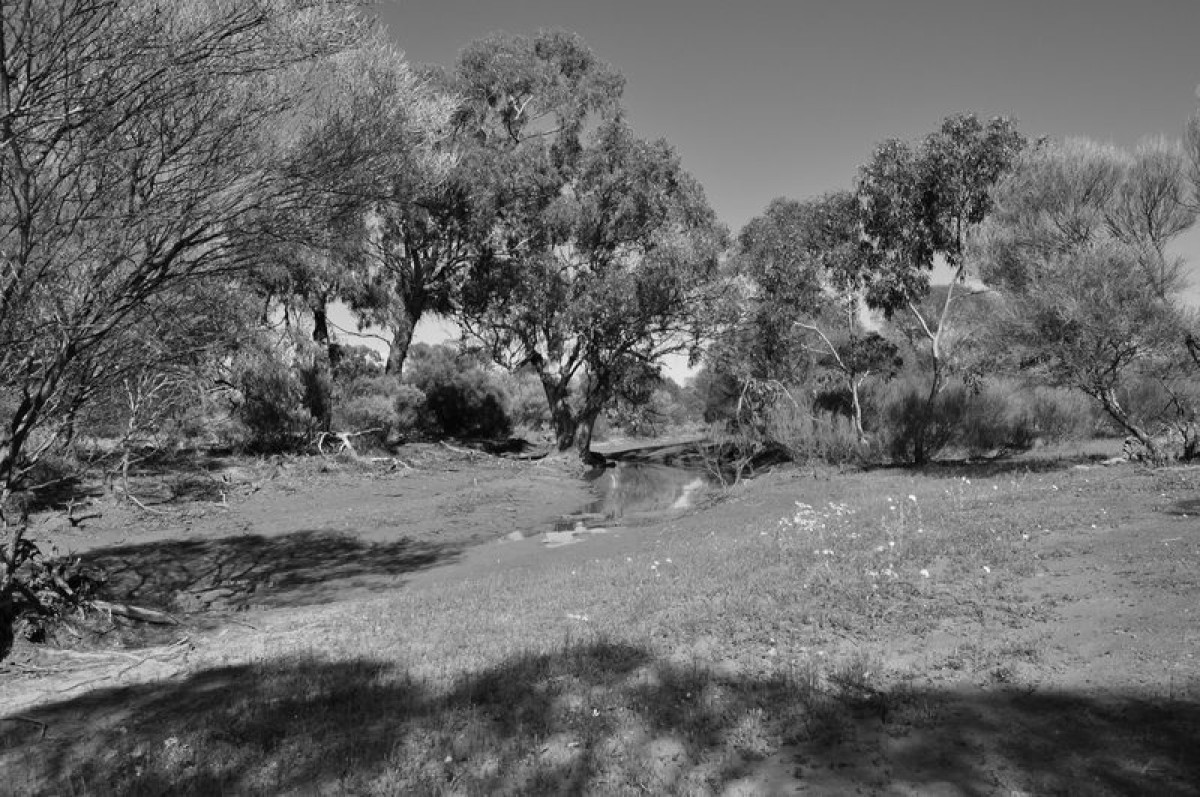SPECIES: Dasyurus hallucatus — Northern Quoll
CLASSIFICATION: Endangered
As you would imagine, the Northern Quoll is found across parts of northern Australia. There are five regional populations remaining, stretching from WA over to south-east Queensland. The habitat of these Quolls is quite diverse - including rocky areas, eucalypt forest and woodland, rainforest, sandy lowlands and beaches, grasslands, shrublands and desert. Generally speaking, a Northern Quoll is more likely to search for higher ground, providing safety from wildfire. They are known as 'opportunistic omnivores' - their prey includes beetles, grasshoppers, spiders and the like, not to mention fruit and nectar. When they opportunity presents itself, they are also known to prey on small mammals, birds, reptiles and frogs.
As far as longevity is concerned, Northern Quolls don't have a long lifespan. Males tend to expend much of their energy during the mating season fighting off other males, often not surviving to see another season. Female on the other hand, will rarely live past two or three. Her first litter is often large and predominantly male.
Sadly, the Cane Toad force sweeping across northern Australia has lead to a sharp decline in the numbers of Northern Quolls remaining. As are many native animals, the Toad's poison is lethal to the Quoll. Of greatest concern for the fragmented populations remaining, is the estimation that since 1980 the overall population of Northern Quolls has declined by at least 95%.
Photo courtesy Joel Howland
